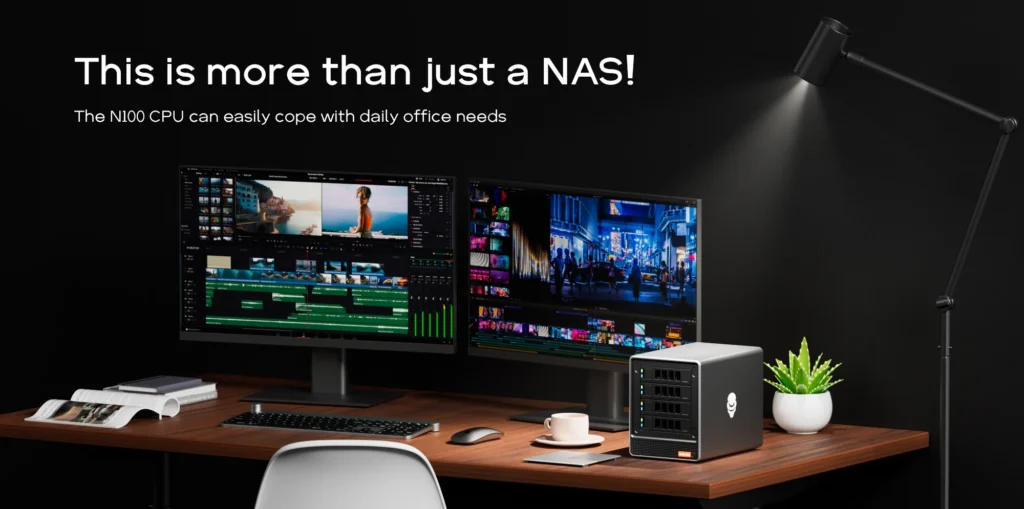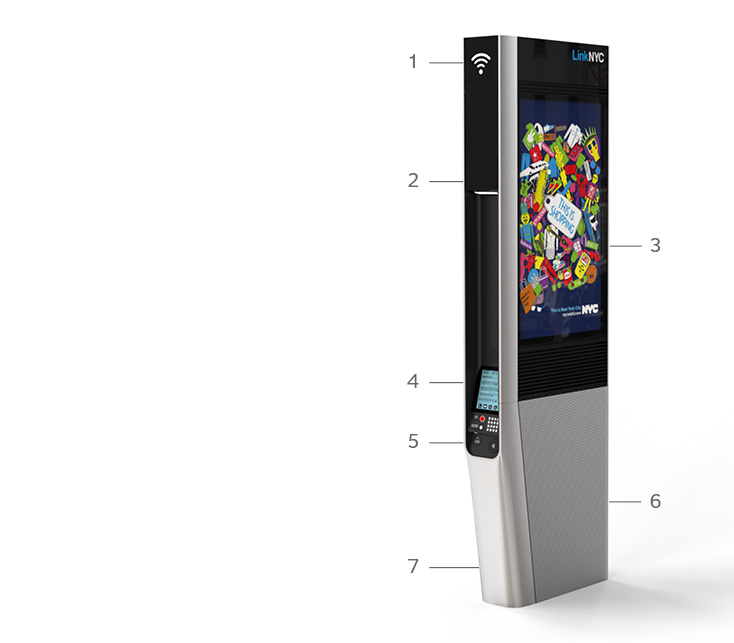Owning a vacation home is synonymous with relaxation and escape, but it also comes with the responsibility of managing energy consumption. With the increasing popularity of solar energy, many vacation homeowners are exploring the idea of harnessing the power of the sun. In this blog post, we’ll delve into the considerations that can help you determine whether solar panels are a worthwhile investment for your vacation retreat.
Evaluating Energy Needs: A Personalized Approach
The first step in assessing the viability of solar panels for your vacation home is to evaluate its energy needs. Consider the appliances, lighting, and other electrical devices used during your stays. Understanding your energy consumption patterns allows you to determine the size of the solar energy system required to meet your specific needs.
Location Matters: Sunlight Availability
The geographical location of your vacation home plays a pivotal role in the feasibility of solar panels. Regions with ample sunlight and fewer shading obstacles are more conducive to efficient solar energy generation. Evaluate the solar potential of your vacation home’s location to gauge how much sunlight the panels can capture throughout the year.
Return on Investment (ROI): Crunching the Numbers
Solar panels represent a significant upfront investment, so it’s crucial to calculate the potential return on investment. Consider factors such as available incentives, tax credits, and energy savings over time. Many homeowners find that the long-term financial benefits offset the initial costs, especially when considering the potential increase in property value.
Environmental Considerations: Sustainable Living
If sustainability and reducing your carbon footprint align with your values, solar panels offer a clean and renewable energy solution. Vacation homes equipped with solar panels contribute to environmental conservation by relying on the sun’s energy rather than traditional power sources.
Energy Independence: A Reliable Source
Vacation homes, often situated in remote or less densely populated areas, may face occasional power outages. Solar panels, coupled with energy storage solutions like batteries, provide a degree of energy independence. This ensures a continuous power supply even during grid interruptions, enhancing the reliability of your vacation home’s energy source.
Property Resale Value: An Added Perk
Solar panels can enhance the resale value of your vacation home. Many homebuyers are increasingly interested in energy-efficient features, and a solar installation can make your property more attractive in the real estate market. This potential boost in resale value can be an additional incentive to invest in solar energy.
Maintenance Considerations: Low Maintenance, High Returns
Solar panels are renowned for their low maintenance requirements. Routine cleaning and occasional checks are usually sufficient to ensure optimal performance. This low-maintenance characteristic adds to the overall appeal of solar panels, making them an efficient and hassle-free addition to your vacation home.
Government Incentives: Exploring Financial Support
Governments often provide incentives to encourage solar adoption. Research available programs, rebates, and tax credits that may be applicable to your vacation home. These financial incentives can significantly reduce the overall cost of installing solar panels, making them even more economically attractive.
Weighing the Pros and Cons
The decision to invest in solar panels for your vacation home involves a careful consideration of various factors. By evaluating your energy needs, understanding the solar potential of your location, and considering financial incentives, you can make an informed decision about whether solar panels are worthwhile for your retreat. Whether motivated by financial savings, environmental consciousness, or energy independence, solar panels have the potential to transform your vacation home into a sustainable and efficient oasis, powered by the sun.


 My hometown of New York City has
My hometown of New York City has 

